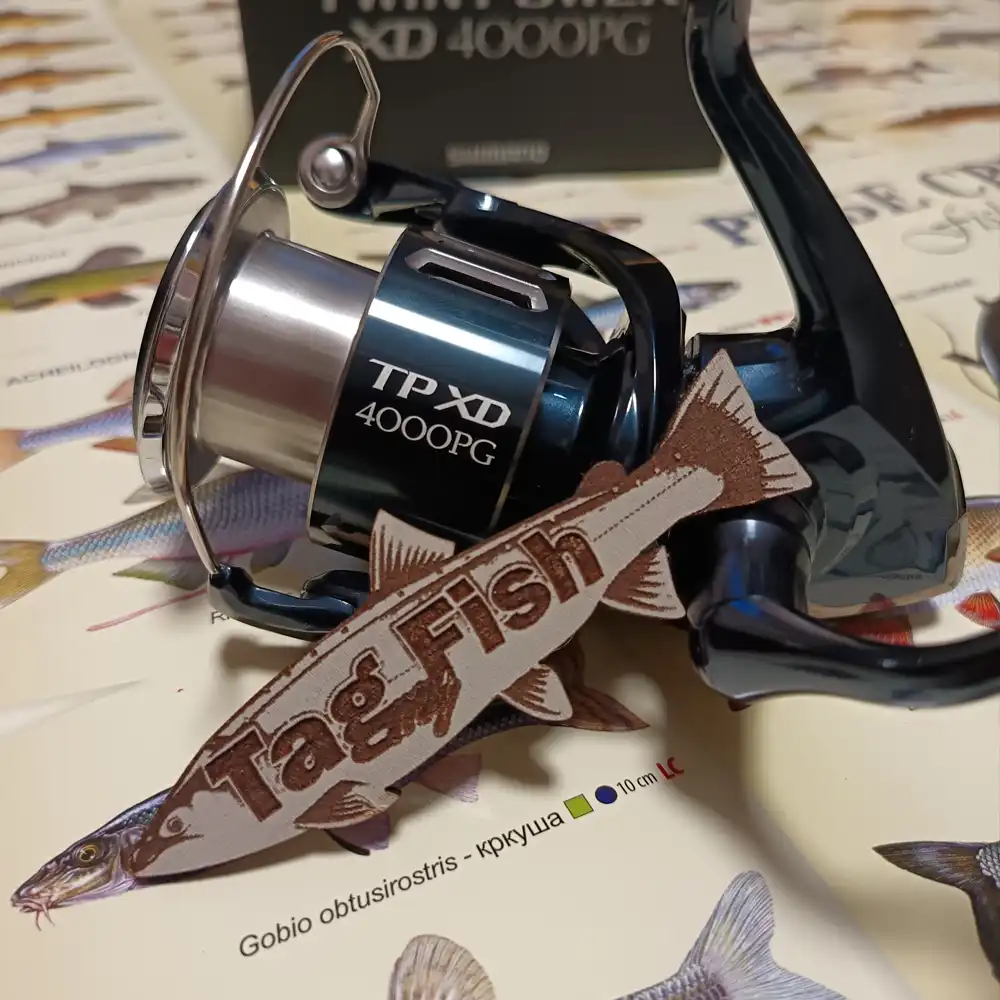Sao Francisco River

General data
- Name: Sao Francisco River
- Water system: Atlantic Ocean
- Water type: River
- Progression: Atlantic Ocean -> Planet Earth
- Climates: Tropical, Subtropical
- Continents: South America
- Countries: Brazil
The São Francisco River is a large river in Brazil. With a length of 2,914 kilometres (1,811 mi), it is the longest river that runs entirely in Brazilian territory, and the fourth longest in South America and overall in Brazil (after the Amazon, the Paraná and the Madeira). It used to be known as the Opara by the indigenous people before colonisation, and is today also known as Velho Chico. The São Francisco originates in the Canastra mountain range in the central-western part of the state of Minas Gerais. It runs generally north in the states of Minas Gerais and Bahia, behind the coastal range, draining an area of over 630,000 square kilometres (240,000 sq mi), before turning east to form the border between Bahia on the right bank and the states of Pernambuco and Alagoas on the left one. After that, it forms the boundary between the states of Alagoas and Sergipe and washes into the Atlantic Ocean. In addition to the five states which the São Francisco directly traverses or borders, its drainage basin also includes tributaries from the state of Goiás and the Federal District. It is an important river for Brazil, called the river of national integration because it unites diverse climates and regions of the country, in particular the Southeast with the Northeast. It is also significant because it passes through the semi-arid region of the country, a region historically characterized by droughts and low access to water. It is navigable between the cities of Pirapora (Minas Gerais) and Juazeiro (Bahia), as well as between Piranhas (Alagoas) and the mouth on the ocean, but traditional passenger navigation has almost disappeared in recent years due to changes in the river flow. Fishes In the São Francisco River of southeastern Brazil there are several commercial fish species including: the surubim (Pseudoplatystoma corruscans), the dourado (Salminus franciscanus), the curimatãs (Prochilodus ar- genteus and Prochilodus costatus), the piau-verdadeiro (Leporinus obtusidens), the mandi-amarelo (Pimelodus maculatus) and the matrinxã (Brycon orthotaenia). All of these species are piracema fish that is they perform reproductive migrations for spawning. When maintained in captivity or in lentic water, these species interrupt their reproductive cycle and do not reach the spawning stage . The surubim reaches 180 cm and more than 100 kg and has great demand by consumers and farmers. The dourado is the most popular sport fish reaching 140 cm of length and 30 kg body weight. The curimatãs and the mandiamarelo are the primary species captured by professional fisheries, with P. argenteus being the largest species (14 kg) among the Prochilodontidae. The piau-verdadeiro is important for both professional and sport fisheries reaching 7.5 kg. The matrinxã reaches 7 kg and is threatened with extinction in some regions of the São Francisco River. All of these species utilized in this study are single batch spawners, have free oocytes, and lack parental care. Besides the large size of all these species, their meat has desirable organoleptic characteristics combined with a good carcass income, which makes them good candidates for aquaculture.

 English
English
 Spanish
Spanish
 German
German
 French
French
 Serbian
Serbian
 Russian
Russian

